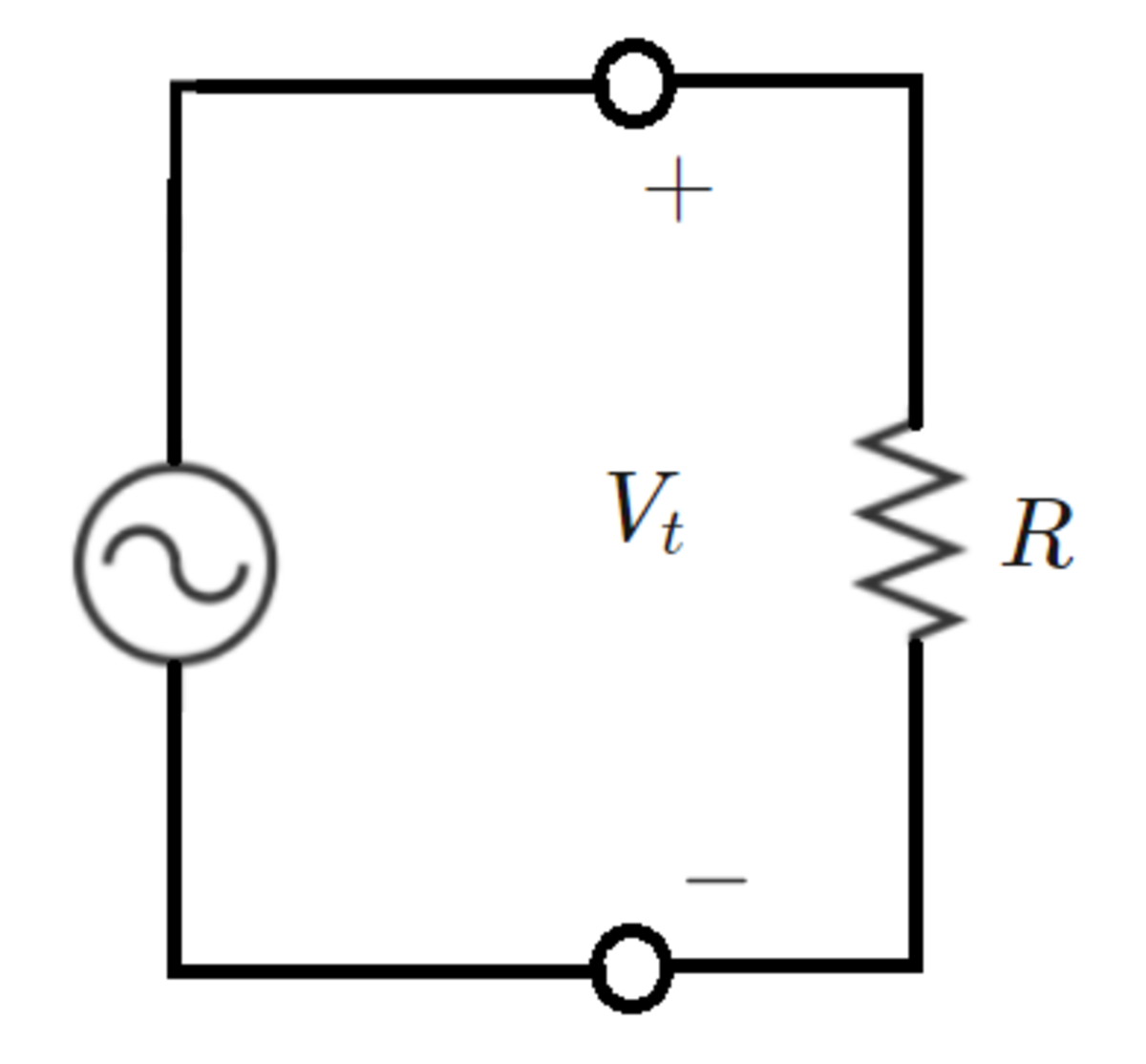Generator with Load Rejection
A single-phase AC electric generator has a moving rotor with a magnet, which induces a voltage at its stator terminals. A resistor is connected across the stator terminals.
The machine/load model is as follows:
In the model, is the stator magnetic flux linkage as a function of rotor angular position . The terminal voltage is the time derivative of the flux linkage. The third equation states that the rotor is gaining kinetic energy at a rate equal to the difference between the mechanical input power and resistor power dissipation (a statement of energy conservation). The parameter is the machine inertia constant.
At time , and . The mechanical input power remains fixed. At time , half of the electrical load is disconnected from the generator (modeled as the load resistance doubling). The causes the machine to accelerate until a new steady-state speed is reached.
Determine the following integral:
Bonus: You can predict the final speed very easily without any complicated calculations. How/why is that?
Details and Assumptions (assume standard SI units):
1)
2)
3)
4)
5)

The answer is 727.97.
This section requires Javascript.
You are seeing this because something didn't load right. We suggest you, (a) try
refreshing the page, (b) enabling javascript if it is disabled on your browser and,
finally, (c)
loading the
non-javascript version of this page
. We're sorry about the hassle.
0 solutions
No explanations have been posted yet. Check back later!